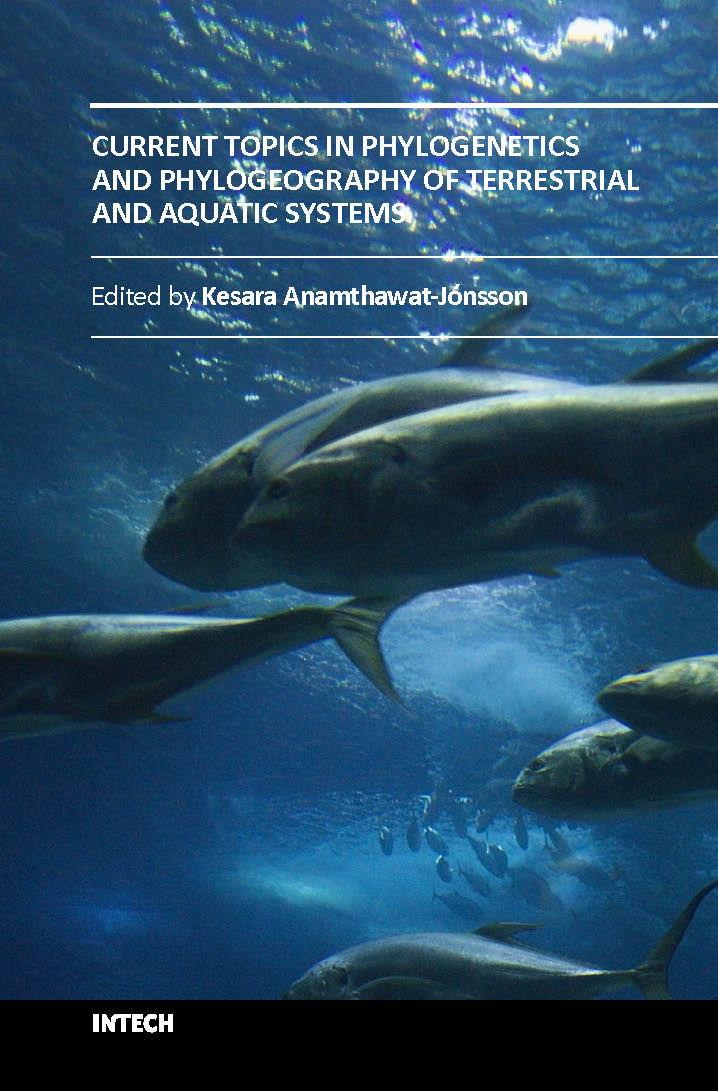Mapping phylogenetics on geographical scales is one of the most important scientific aspects of bioscience research. Changes in the environment have evidently shaped the geographical distribution of organisms on land and in the oceans seen today. Overexploitation of key species has caused not only changes in the distribution and diversity of organisms and composition of the ecosystems, but is also leading to species extinction at accelerating rates. It is our duty as scientists to find ways of protecting the species endangered with extinction and preventing other species from entering the endangered stage. To manage this effectively, we need to map species distribution, understand life-history traits, define genetic variation within species and populations, identify lineages - especially at the molecular level - and correlate the historical, phylogenetic components with the spatial distributions of gene lineages. In this book, phylogenetics and phylogeography of a diverse range of organisms are reviewed: from microorganisms causing gastroenteritis in humans, fishes in the Southwest Atlantic Ocean and spiders of the western Indian Ocean, to mountain tapirs in South America and birch tree species of the Arctic tundra.
| Specifications |
Descriptions |
| ISBN |
9789535102175 |
| Year |
2014 |
| Binding |
Hardcover |
| Subject |
Agriculture |
| Pages |
158 |
| Weight |
0.4 |
| Readership |
NA |



.png)